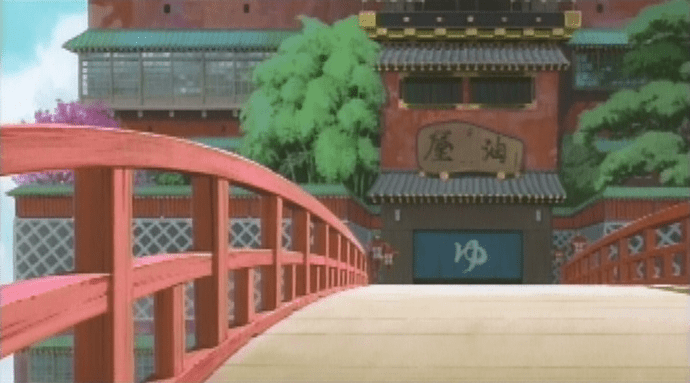So I’ve been steadily progressing and now I’m at a point where I have this burning curiosity to know why there are multiple readings for a word. I know there is on’yomi which is the Chinese readings and kun’yomi which is the Japanese reading. How do I know when to use either reading? Thanks!
Hoo boy.
Roughly, Japanese imported Chinese characters, and both applied them for words they already had (kunyomi), but also imported their pronunciation and used them to make new words (often onyomi). But this procedure happened many times, so a lot of kanji have several On(Chinese) readings depending on when and where it was imported from.
For example, if you go to wiktionary for a specific kanji, you’ll get a list of readings:.
[example deleted]
Better example, the dai and tai readings for 大
Readings[edit]
Goon: だ (da); だい (dai, Jōyō)
Kan’on: た (ta); たい (tai, Jōyō)
Kun: おお (ō, 大, Jōyō)←おほ (ofo, historical); おおきい (ōkii, 大きい, Jōyō); おおいに (ōini, 大いに, Jōyō)←おほいに (ofoini, historical)
Nanori: うふ (ufu); お (o); た (ta); たかし (takashi); とも (tomo); はじめ (hajime); ひろ (hiro); ひろし (hiroshi); ふとし (futoshi); まさ (masa); まさる (masaru); もと (moto); ゆたか (yutaka); わ (wa)
I don’t know my history enough, but Go-on and Kan’on mean specific times/places of importation.
In general, en.wiktionary.org has a bit more etymological information (in English) than say, jisho.org, but it’s less accessible.
[Edit: in before leebo!]
To be clear, kanji’s may have mulitple readings, but generally vocabs/words have only one.
For kanji, as a general rule, WK teaches the most common reading when learning the kanji, and teaches other readings using vocab.
For vocab, In general, if the kanji is by itself, or has hiragana attached to it, it uses the kunyomi reading. If it’s just two kanji with no hiragana, its jukugo and uses the onyomi.
Of course, those are rules of thumbs only, and have many exceptions.
EDIT: I forgot to mention, there are many other threads that talk about this, it may be a good idea to search for those - they may provide additional insight…
there’s no rule to know exactly when to use one or the other, other than to memorize them but there are general patterns that can be followed for say 90% of them.
the reason why there so many exists is because of importation the chinese sounds and meanings over many dynasties and eras that usually came in waves. However there were also many chinese dialects that ruled during different eras.
In essence you have various chinese dialects that sometimes do but often may not sound the same converted into what the japanese thought it sounded close to in their non-tonal language. typically meanings of individual kanji has stayed consistent, but the usage and kanji combinations have developed different meanings in both countries.
My favourite example of this is 手紙.
Japanese: Letter
Chinese: Toilet Paper
my mother laughs at all the bath signs in japan that have 湯 hanging on them. In chinese it’s written at the end of all chinese dishes meaning soups so i’m sure she just imagines we’re cooking ourselves for dinner.
That’s exactly why. There are a lot of bathhouses I’ve seen in Japan that have ゆ on it…
I don’t know why, but that is really cool to me, TIL! Thanks for the random fact ![]()
Probably the reason why the movie “Letters from Iwo Jima” (硫黄島からの手紙) was never popular in China…
Here comes the @leebo!
Occasionally words do have multiple readings, and sometimes it actually is effectively multiple words that look identical.
人気 (にんき) popularity
人気 (ひとけ) human presence
An example of the usage of the second one would be 人気のない夜道 (a street at night with no people)
Actually didn’t know about that meaning/reading of 人気. But yeah, this happens with 空く and 空く too, along with 開く and 開く.
Also, 避ける and 避ける
This topic was automatically closed 365 days after the last reply. New replies are no longer allowed.
